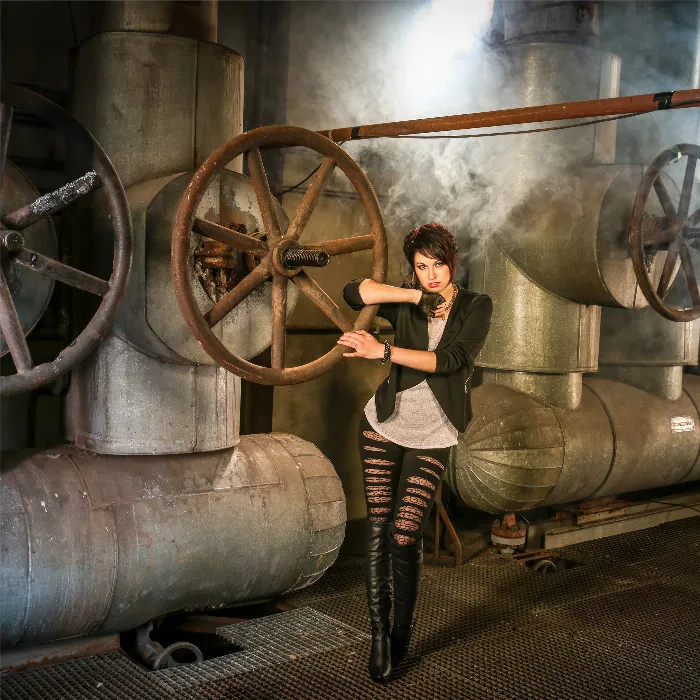In the world of photo editing, Lightroom is a widely used and powerful tool. The user interface may seem overwhelming at first glance, but with the right understanding, it is easy to navigate and customize. This guide shows you how the Lightroom interface is structured and provides tips for customization to make your workflows more efficient.
Key Insights
- Lightroom consists of various modules such as Library, Develop, Map, Print, and Web Publishing.
- The central workspace offers a flexible view that you can customize according to your needs.
- Features like hiding areas or comparing images help you stay focused.
Step-by-Step Guide
1. Understanding the Basic Structure of Lightroom
The Lightroom interface is divided into different areas. At the top, you will find the file menu, which contains various basic functions. Directly below are the main modules arranged. These modules are the different work areas of Lightroom:
- Library
- Develop
- Map
- Book
- Web

2. The Workspace – Flexible and Customizable
In the central part of the user interface is your workspace. Here you can scroll through your photos, enlarge or reduce thumbnails, and adjust various viewing options. Use the full-screen mode in the library module to better view your images.
3. Using Comparison Mode
If you have to choose between multiple images, the comparison mode helps. You can access this using the "X" and "Y" keys. This way, you can see two images side by side and better assess the differences.
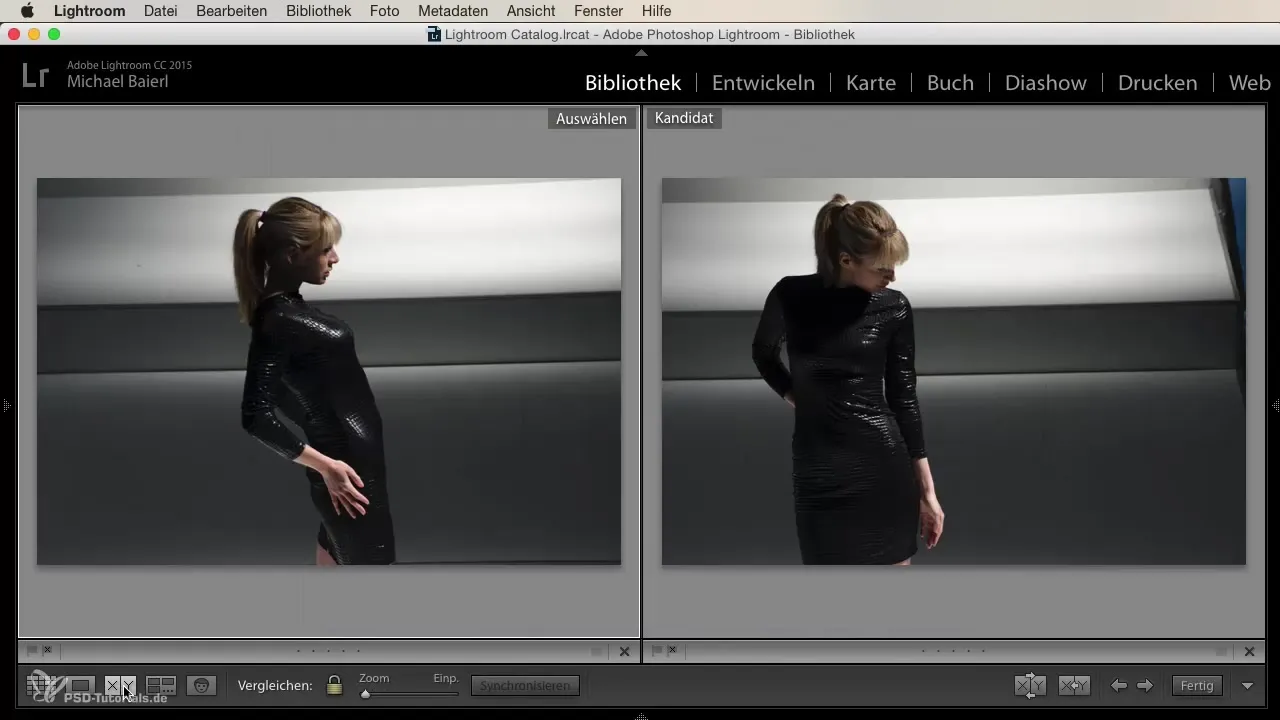
4. Controlling the Display Areas
Place great importance on the space in your workspace, especially when you’re working in the library for an extended period. You can hide and show the main tabs. For example, if you want a larger image view, hide the menu bars by clicking the gray arrows.

5. Adjusting Histogram and Settings
Depending on your working style, you can adjust your settings on the right side of the workspace. The histogram will help you assess the exposure of your images. You can also quickly show or hide saved presets and other tools, as needed.
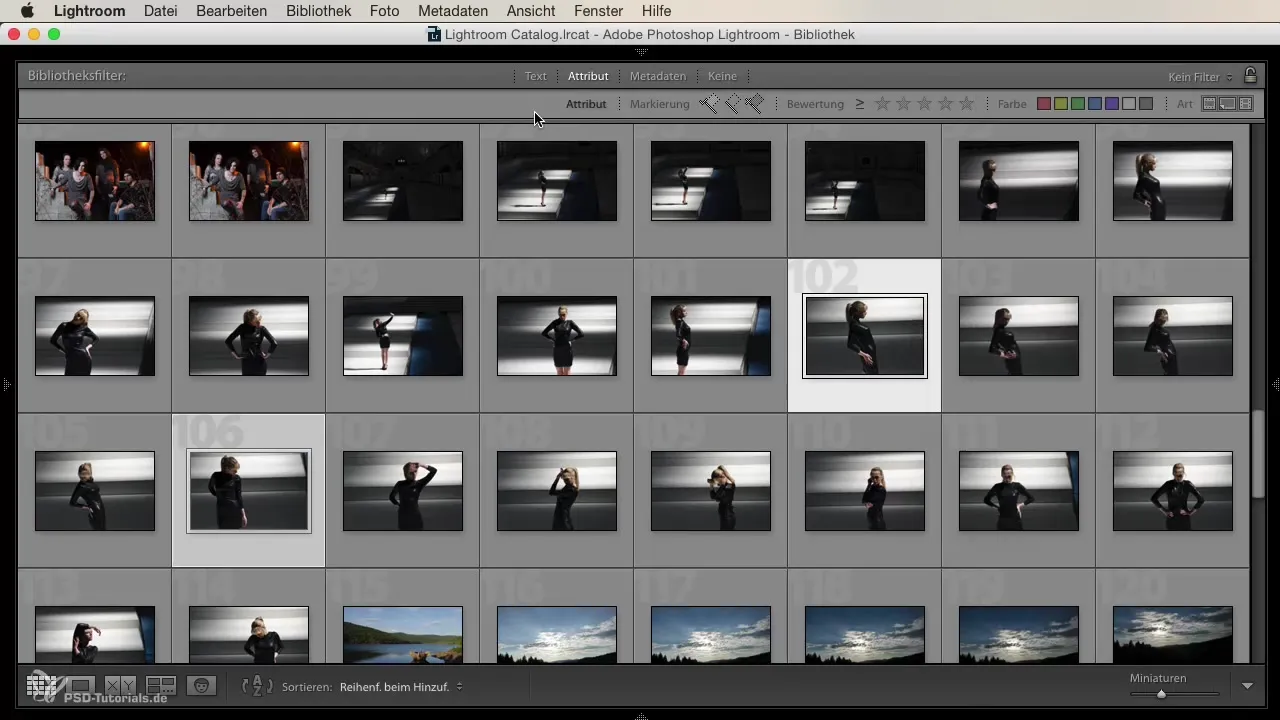
6. Effective Use of Filters
One of the ways to make the user interface more effective is by customizing filters. You can display many filters and tags at the top to facilitate quicker navigation. If you need less space, simply uncheck the box and the filters will disappear.
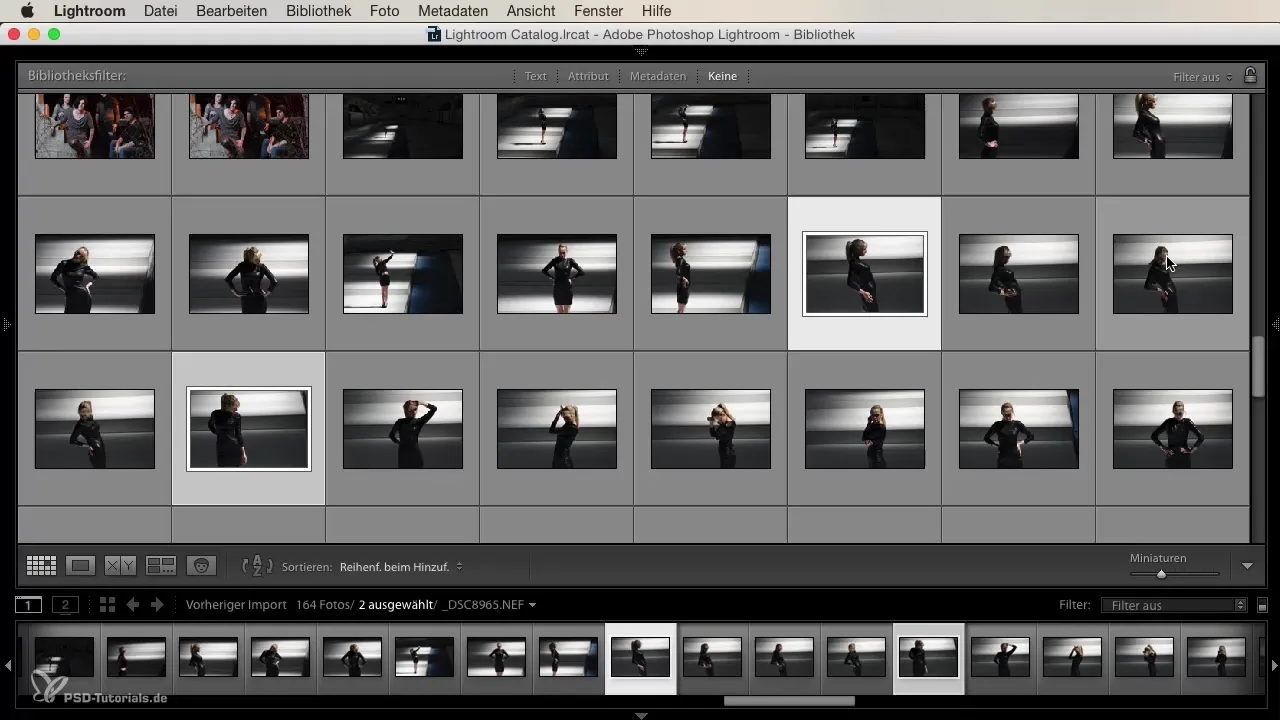
7. Navigator and Catalog
Especially in the library view, the navigator and main catalog are crucial. Here you see all your photos stored on your hard drives and can easily access different collections and published services.
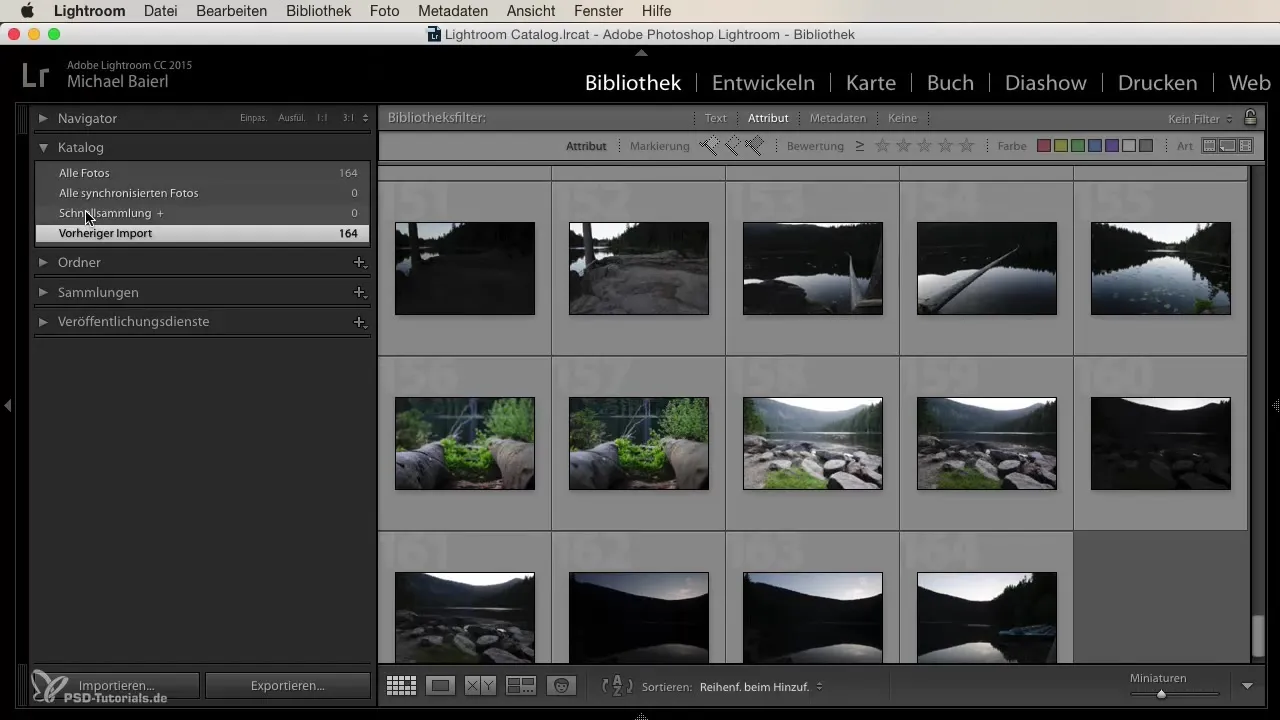
8. Customizing the Develop Module
In the Develop module, there are various controls that you can show or hide, such as the Basic Edits panel. You can also zoom in and out with your mouse to assess details better. A tidy workspace is essential for efficient work.
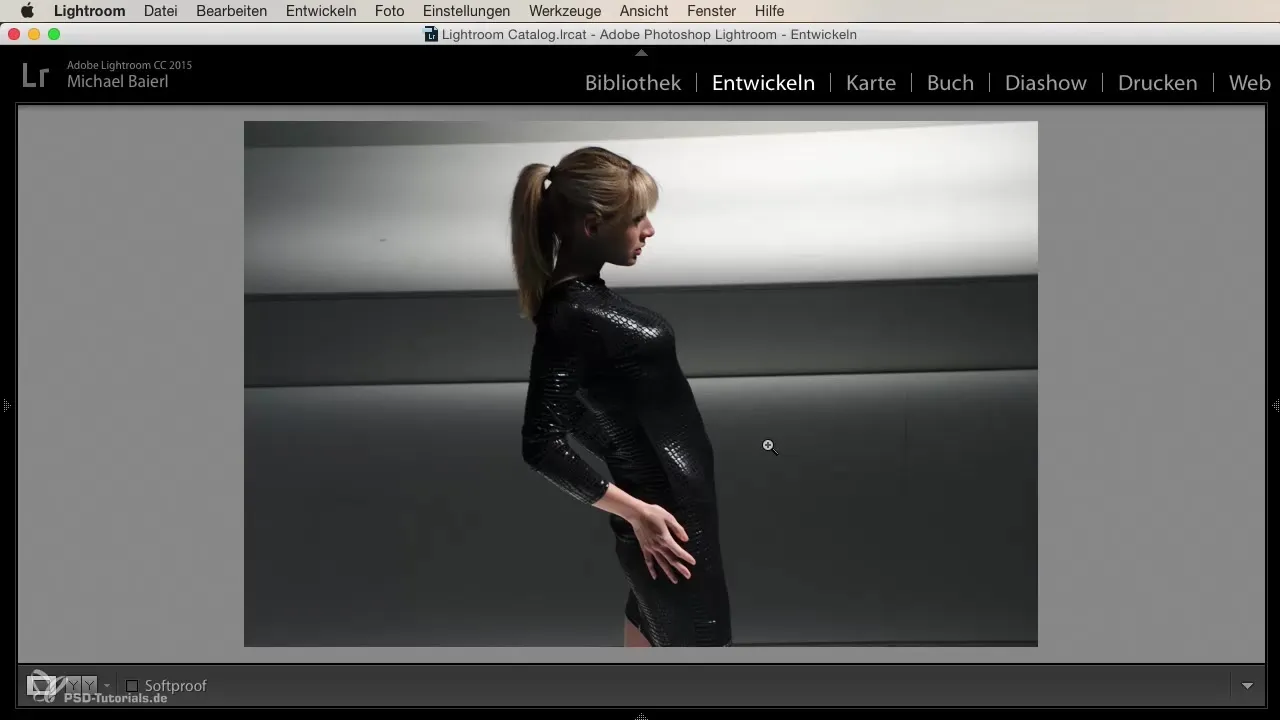
9. Resetting the Workspace
If you have hidden certain areas and want to quickly show them again, you can do this at any time. Spend some time adjusting the visibility of the panels to match your needs best.
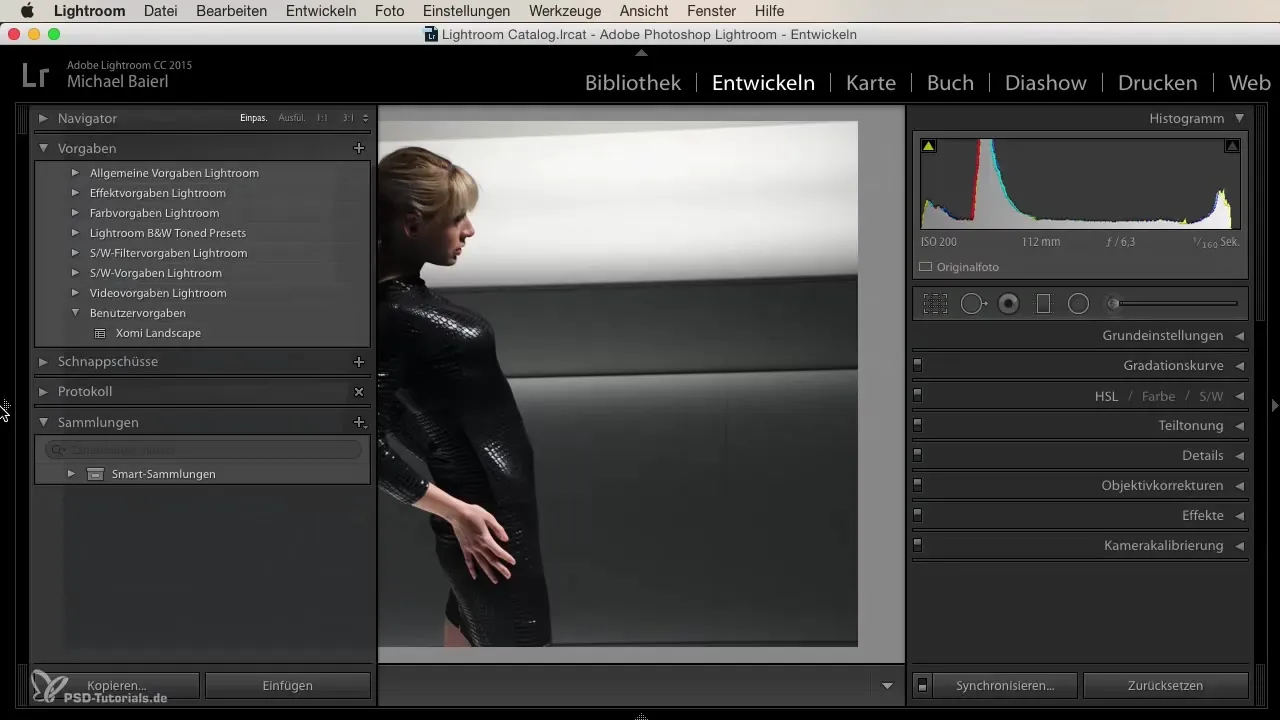
10. Your Personal Style
Every user has their preferences, and Lightroom gives you the ability to design the layout to your liking. Utilize the various adjustments in the workspace to ensure that you always have access to the tools you need the most.
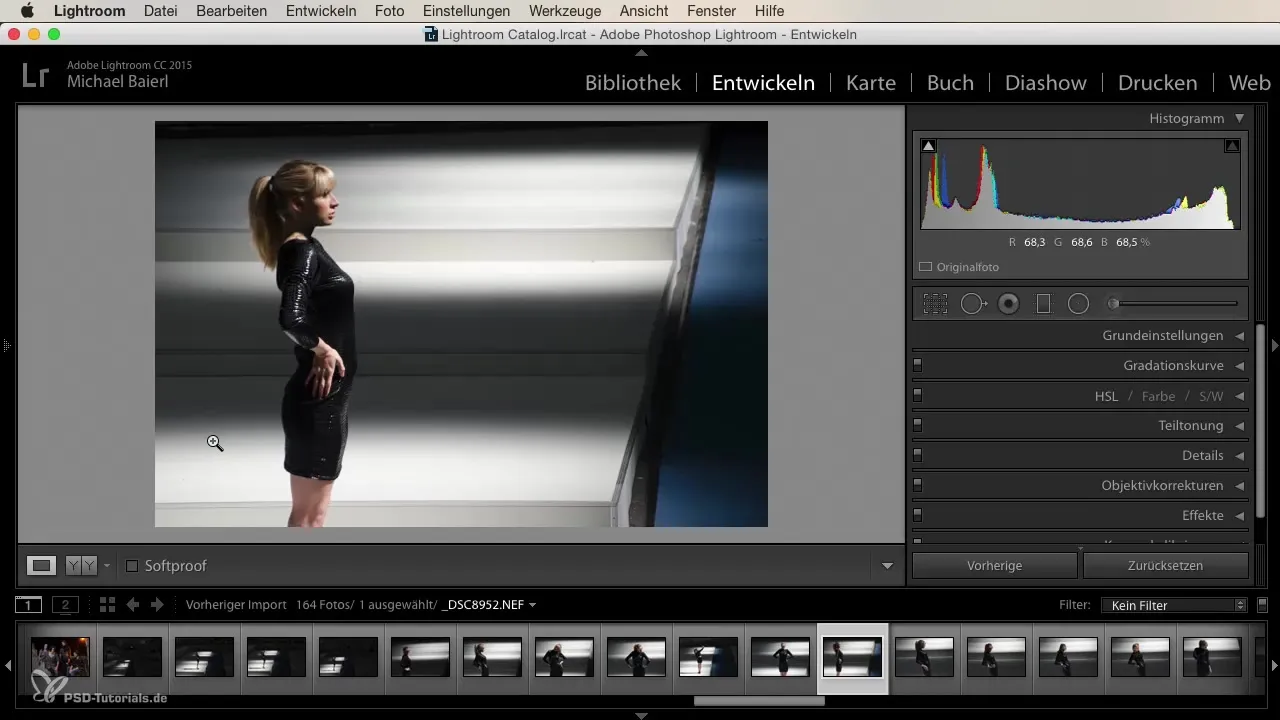
Summary
The user interface of Lightroom is clearly structured and can be optimally customized to your needs. From navigation through the various modules to adjusting views and tools, Lightroom offers all the necessary features for photo editing at a glance.
Frequently Asked Questions
How can I hide the menu bars in Lightroom?You can hide the menu bars by clicking on the gray arrows.
Where can I find the histogram in Lightroom?The histogram is located in the right area of the workspace in the Develop module.
How can I compare photos?Use the "X" and "Y" keys to display two images side by side in comparison mode.
Can I adjust the size of the thumbnails in the library?Yes, you can adjust the size of the thumbnails according to your preferences.
How can I add or remove filters in my view?You can enable or disable filters by checking or unchecking the corresponding box in the filter settings.
